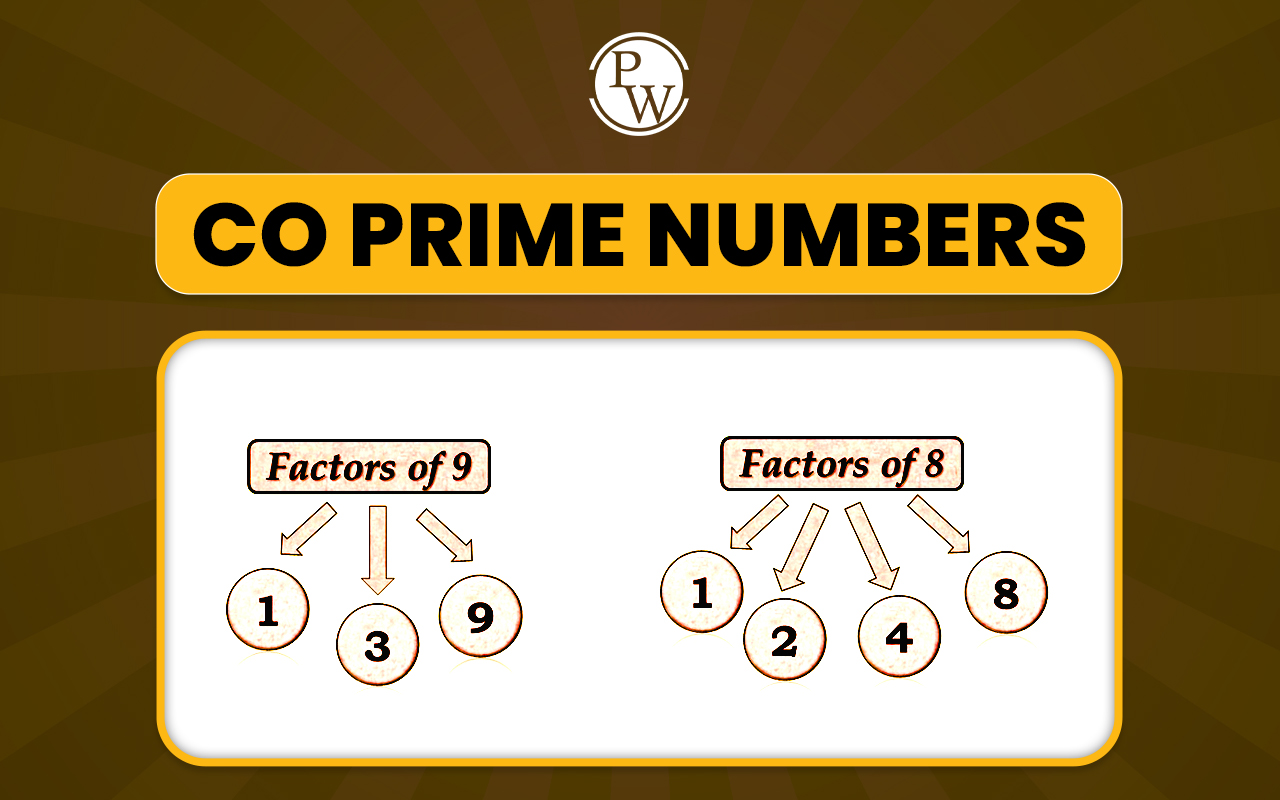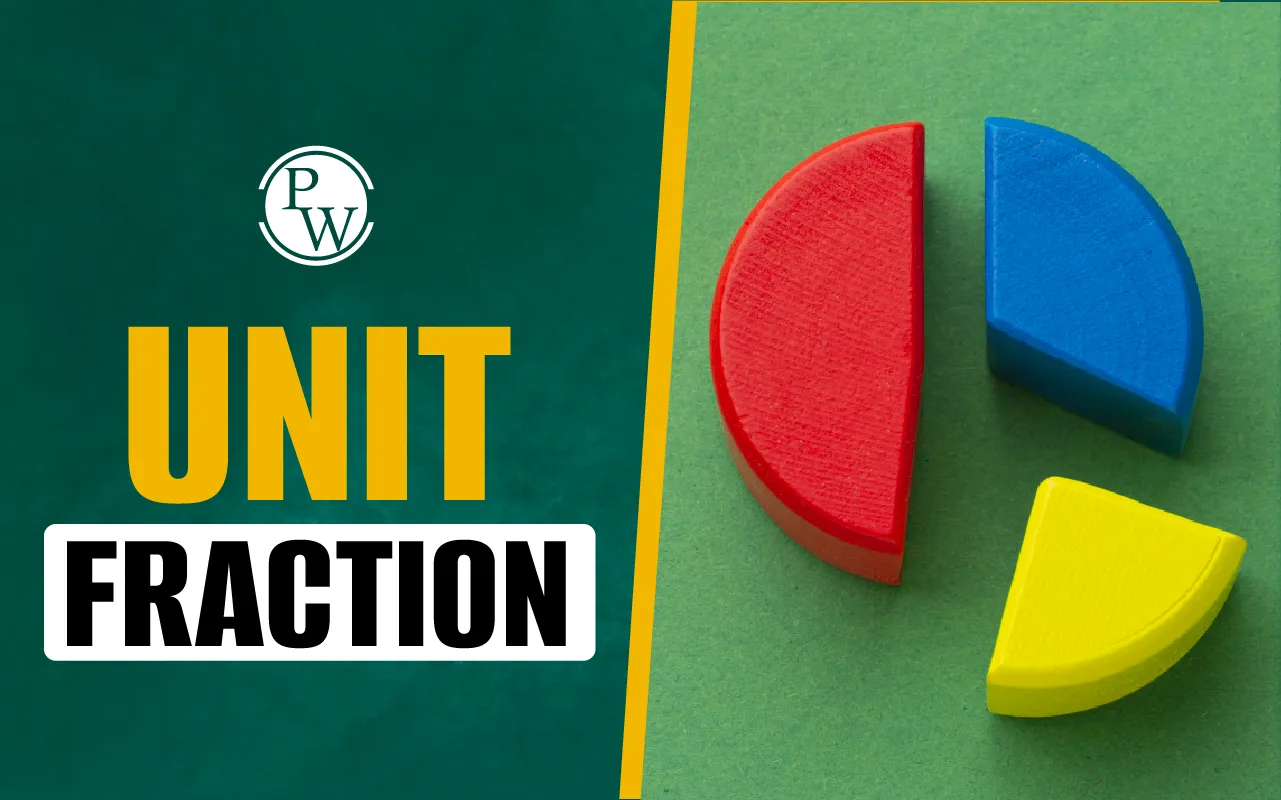
Symmetry: When we fold a paper properly, then it can be seen that both sides match perfectly. That is what we generally call symmetry. In maths, symmetry means a shape looks the same on both sides when we flip, turn, or move it. It is like seeing a mirror image.
We can find symmetry in many things around us, like leaves, butterflies, and even some buildings. Let’s learn more about the definition of symmetry, its type, and various symmetrical shapes examples to better understand this concept.
Read More: Division of Fractions
What is Symmetry in Maths?
In maths, symmetry means that a shape or figure can be divided into two equal parts that look exactly the same. These two parts are like mirror images of each other.
If we draw a line in the middle of the shape and both sides match perfectly, that line is called the line of symmetry. This is a basic idea used in geometry to study symmetrical shapes and patterns.
Learning what is symmetry in maths helps students understand how balance and equal parts work in different objects.
Read More: Reference Angle
Definition of Symmetry
Symmetry means balance and equal parts. A shape is said to have symmetry if it can be divided into two matching parts. These parts look the same, just like mirror images.
For example, when we fold a paper and cut a circle shape from one side, we see that the other side also looks like a circle. This shows symmetry.
In simple words, the definition of symmetry in maths is that one side of a shape is the same as the other side when flipped or turned. We can find symmetrical shapes examples in many places around us like designs, nature, and even buildings.
Read More: What are Whole Numbers?
What is Line of Symmetry?
A line of symmetry is a line that cuts a shape into two equal parts. When we fold the shape along this line, both parts match exactly like mirror images. This line is also called the axis of symmetry.
The line of symmetry can be straight down (vertical), side to side (horizontal), or even slanting across (diagonal), depending on how the shape is divided. Many symmetrical shapes have one or more lines of symmetry.
Types of Symmetry
In mathematics, symmetry can be seen in many different ways. When a shape looks the same after flipping, sliding, or turning, we say it has symmetry. There are four main types of symmetry, as explained here:
1. Reflection Symmetry (Mirror Symmetry)
This is the most common type. If one side of a shape is the mirror image of the other, it has reflection symmetry. A butterfly, for example, has the same pattern on both wings.
2. Rotational Symmetry
When we turn a shape around a point and it still looks the same, it has rotational symmetry. A fan, a wheel, or a starfish, etc are some rotational symmetry examples. The number of times it matches itself in a full turn is called the order of symmetry.
3. Translational Symmetry
This happens when a shape is moved (or slid) in a straight line and still looks the same. For example, the designs on a tiled floor or wall often repeat in the same way from left to right or top to bottom.
4. Glide Symmetry
Glide symmetry is a mix of translation and reflection symmetry. It is made when a shape is first slide and then flipped. You can often see this type of symmetry in patterns made on clothes or borders in art.
Learning about these different types of symmetry helps students understand how patterns and designs are made in both maths and real life.
Also Read: Types of Line in Math
5. Point Symmetry
A shape has point symmetry when every part of it has a matching part directly opposite, with a center point in between. If we turn the shape upside down (rotate it 180 degrees), and it still looks the same, then it has point symmetry.
For example, the letters S and H in the English alphabet have point symmetry. They look the same when turned upside down. This type of symmetry is also called central symmetry because the parts match around a central point.
Read More: Imperial System
Interesting Facts About Symmetry
Symmetry is not just limited to math textbooks; it is all around us in the world we live in—from nature to art. Find some interesting facts about symmetry that are important for better understanding of this concept:
-
Symmetry in Nature: Many things in nature have symmetry. For example, butterflies have the same patterns on both wings, and flowers have petals that match each other.
-
Symmetry in the Human Body: Our body also shows symmetry. We have two eyes, two ears, and two hands placed on either side in a balanced way.
-
Symmetry in Art and Architecture: Many artists and buildings use symmetry to look beautiful and neat. The Taj Mahal is a good example of symmetry in architecture.
-
Symmetry in Maths: In maths, symmetry is an important topic. It helps in understanding shapes and patterns better.
-
Symmetry in Science: Scientists use symmetry to study tiny things like molecules and big things like stars and galaxies.
-
Symmetry in Music and Fashion: Many songs have repeating parts that show symmetry. In clothes too, we often see matching designs on both sides.
-
Symmetry in Technology: Computers and machines also use symmetry for better functionality and configurations.
To sum it up, symmetry is an important maths concept that helps us understand balance and patterns in shapes. It is not only used in geometry but also in real life. Learning about different symmetrical shapes examples makes it easier to solve questions and enjoy the beauty of maths in daily life.
Sharpen Your Child’s Mind with Mental Math Classes by CuriousJr
Is your child finding it hard to remember math tables and simple facts during homework or exams? This is a common struggle many parents face, especially during the early learning years.
CuriousJr’s Mental Maths Online Classes are designed to help children solve math problems faster—without always depending on fingers or calculators.
-
These classes use fun activities, smart visual tricks, and daily practice to boost memory and build strong mental calculation skills.
-
With live sessions, a two-teacher model, and interactive methods, children stay engaged and learn in a way that’s easy to remember.
-
With regular updates through PTMs and detailed progress reports, you can be aware of how your child is doing.
Book a demo class today to explore more about CuriousJr Mental Math classes.
Symmetry FAQs
Q.1. What is symmetry in maths?
Q.2. Give three symmetrical shapes examples.
Q.3. How many types of symmetry are there?
Q.4. Is symmetry useful in our daily lives?










